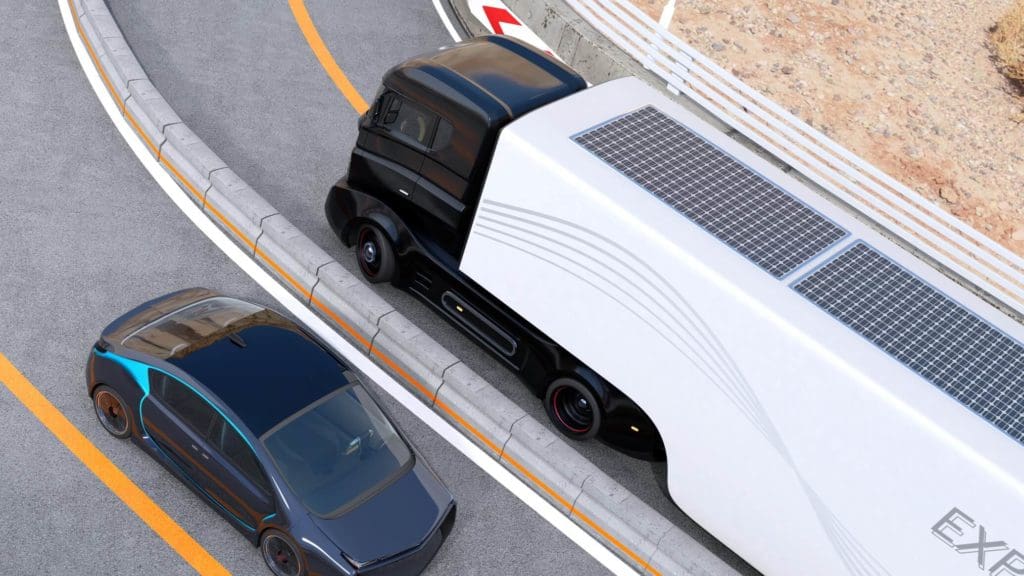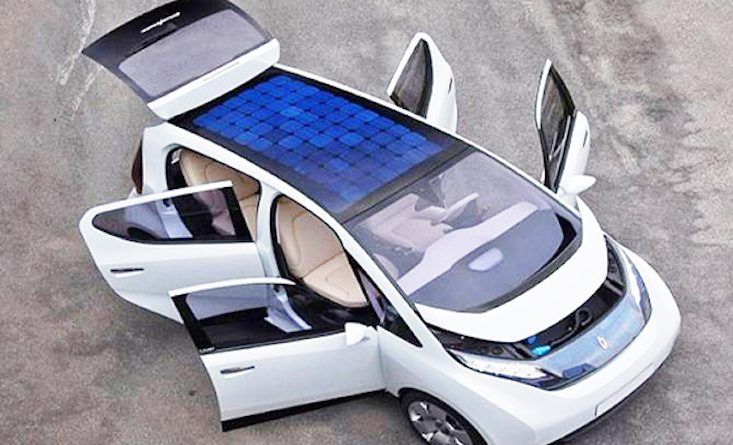
Introduction
Solar-powered transportation innovations have emerged as a promising solution for transitioning to a more sustainable and environmentally-friendly transportation system. By utilizing solar energy, these innovations aim to reduce dependence on fossil fuels, minimize carbon emissions, and promote a cleaner and greener future. This article delves into the historical background, key concepts, and main discussion points surrounding solar-powered transportation, while also exploring case studies, current trends, challenges, and the future outlook of this transformative technology.
Historical Background
The development of solar-powered transportation dates back to the early 19th century when researchers began exploring the potential of harnessing solar energy for transportation purposes. However, significant progress was not made until the 1970s when solar-powered vehicles started gaining attention as a possible alternative to traditional gasoline-powered cars.
Key Concepts and Definitions
To understand solar-powered transportation innovations, it is essential to define key terms and concepts associated with this field. Solar energy conversion refers to the process of converting sunlight into usable energy for various applications, including transportation. This conversion is achieved through technologies such as photovoltaic cells or solar thermal systems.

Main Discussion Points
Solar-Powered Electric Vehicles
In recent years, there has been a growing interest in integrating solar panels into electric vehicles (EVs). These solar-powered EVs aim to enhance the range and efficiency of electric cars by directly harnessing energy from the sun. The integration of solar panels on the roof or body of EVs allows for the generation of electricity, which can be used to power the vehicle’s battery.
While solar-powered EVs offer numerous benefits, such as reducing reliance on external charging infrastructure and lowering operational costs, there are also limitations to consider. Factors like limited surface area for solar panels and varying sunlight availability affect the overall energy generation. However, advancements in solar cell efficiency and lightweight materials are continually improving the performance of solar-powered EVs.
Solar-Powered Public Transportation
Solar energy is also being harnessed in public transportation systems to reduce emissions and improve energy efficiency. Solar-powered buses, trams, and trains are being implemented in various cities around the world. These vehicles use solar panels installed on their rooftops to generate electricity, thereby reducing their reliance on traditional energy sources.
Implementing solar-powered public transportation presents advantages such as reduced operational costs, decreased carbon emissions, and improved air quality in urban areas. However, challenges such as high initial costs, limited infrastructure, and the need for efficient storage systems to ensure uninterrupted operation need to be addressed for widespread adoption.
Solar-Powered Infrastructure
Apart from solar-powered vehicles, solar energy is also utilized in transportation infrastructure. Solar-powered charging stations, roadways, and parking lots are being developed to support sustainable and clean transportation. These infrastructural elements incorporate solar panels to generate electricity, providing a renewable energy source for charging EVs and powering ancillary systems.
Solar-powered infrastructure offers benefits such as reducing strain on the power grid, promoting energy independence, and creating a greener and more sustainable transportation ecosystem. However, scalability, cost-effectiveness, and grid integration remain significant challenges in deploying solar-powered infrastructure on a larger scale.

Case Studies or Examples
Real-world examples of successful solar-powered transportation projects showcase the potential of this technology. The Tindo, a solar-powered electric bus operating in Adelaide, Australia, has gained recognition for its zero-emission operation and innovative design. Another example is the Solar Train in Byron Bay, Australia, which utilizes solar panels installed on the train’s roof to power its electric propulsion system.
These case studies highlight the positive impact solar-powered transportation can have on reducing energy consumption and carbon emissions. Additionally, they exemplify the innovative technologies and designs that are driving the growth of this sector.
Current Trends or Developments
The field of solar-powered transportation is witnessing rapid advancements and emerging trends. Researchers and engineers are continuously striving to improve solar cell efficiency, storage capacity, and lightweight materials for better integration into vehicles and infrastructure. Moreover, collaborations and initiatives between governments, research institutions, and private companies are driving innovation in this field.
Challenges or Controversies
Despite the numerous advantages, solar-powered transportation innovations face certain limitations and controversies. Some argue that the overall efficiency and practicality of solar energy in transportation are still questionable, primarily due to factors such as limited solar panel surface area, varying sunlight availability, and high upfront costs. Additionally, the extraction and production of materials required for solar technologies raise environmental concerns.

Future Outlook
The future of solar-powered transportation holds tremendous potential for further advancements. As research and development continue, it is expected that solar cell efficiency will improve, storage capacity will increase, and the cost of solar technologies will decrease. Government policies and regulations play a crucial role in promoting solar-powered transportation, and collaborations between public and private sectors will be vital for driving future innovation and widespread adoption.
Conclusion
Solar-powered transportation innovations offer a viable and sustainable solution for addressing the environmental challenges associated with traditional transportation systems. By harnessing the power of the sun, solar-powered vehicles, public transportation, and infrastructure can significantly contribute to reducing carbon emissions and promoting a cleaner future. With ongoing advancements, collaborations, and policy support, solar-powered transportation is set to revolutionize the way we commute and transport goods, ensuring a greener and more sustainable world.




